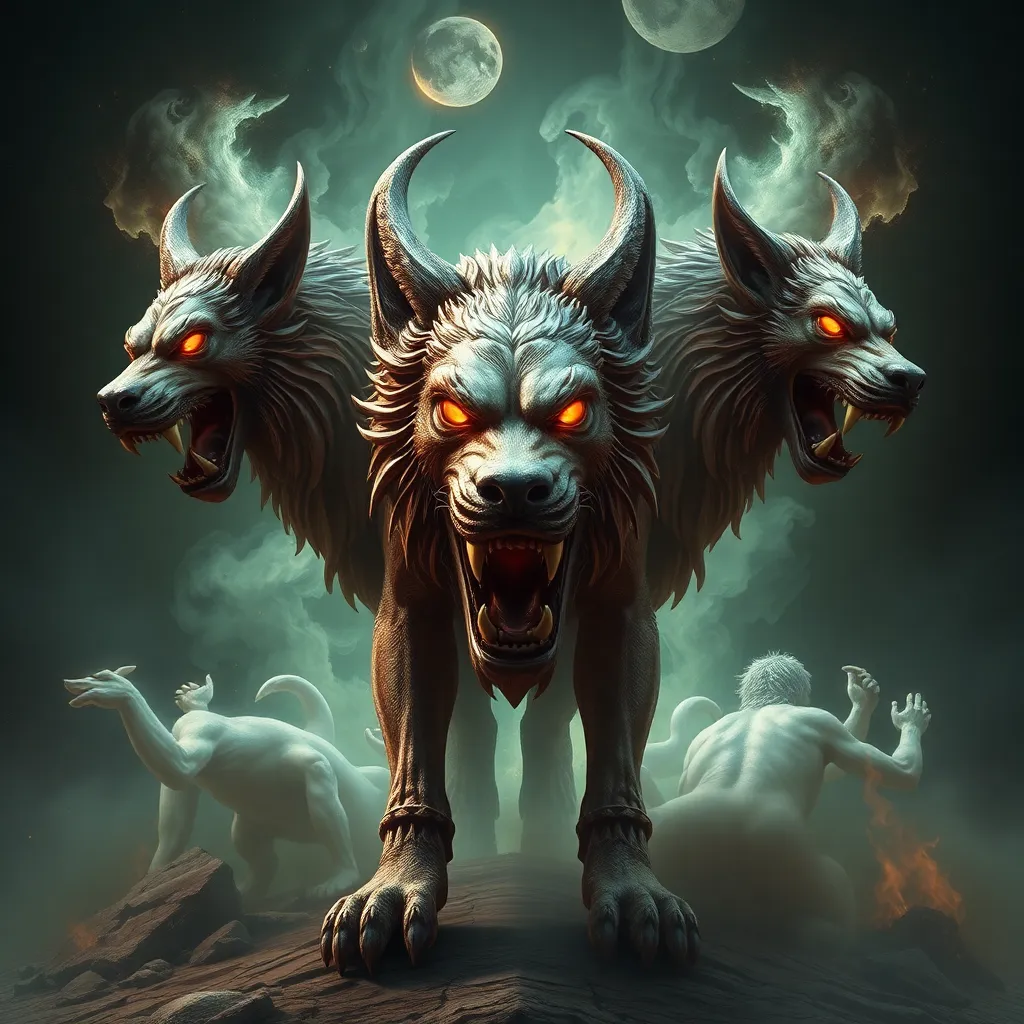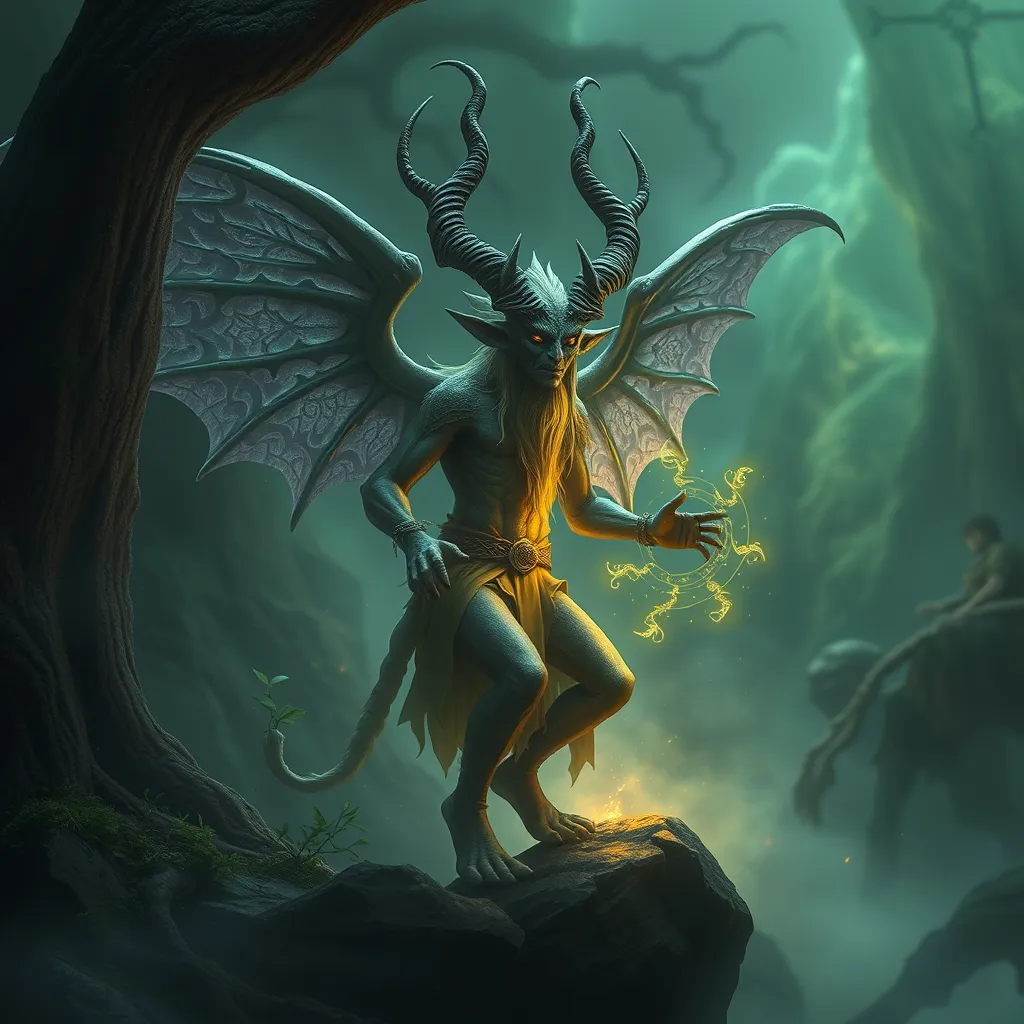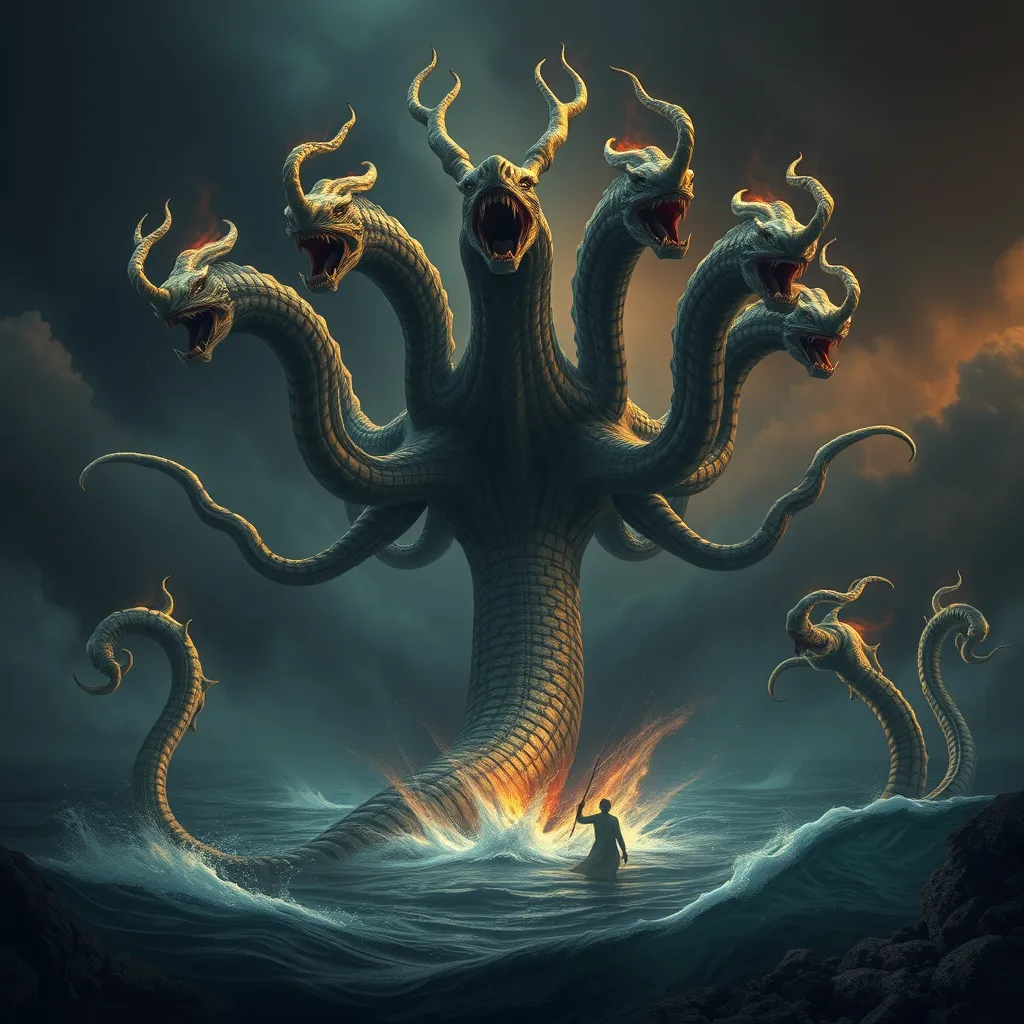The Inca Underworld and Cipactli: Exploring the Serpent’s Role in the Afterlife
I. Introduction
The ancient civilizations of South and Central America held rich and complex beliefs about the afterlife, shaped by their unique environments and cultural narratives. Among these, the Inca civilization’s understanding of the afterlife was deeply entwined with their cosmological views and spiritual practices. Central to this exploration is the figure of Cipactli, a significant serpent in Mesoamerican mythology, particularly within Aztec traditions. This article examines the intertwined roles of Cipactli and serpents in the Inca underworld, revealing profound implications for understanding ancient cultures and their beliefs.
II. The Inca Underworld: A Brief Overview
The Inca concept of the afterlife was not a singular destination but a complex multiverse comprising three interconnected realms: Hanan Pacha (the upper world), Kay Pacha (the world of the living), and Ukhu Pacha (the underworld).
- Hanan Pacha: This realm represented the sky and was associated with the gods and the divine.
- Kay Pacha: The physical world where humans lived, full of life and experiences.
- Ukhu Pacha: The underworld, often viewed as a place of fertility and transformation, where ancestors dwelled.
In Inca cosmology, Ukhu Pacha held particular significance as both a realm of death and a source of life, emphasizing the cyclical nature of existence. It was believed that the souls of the deceased would journey through this underworld, undergoing trials and transformations that could lead to rebirth or eternal rest.
III. Cipactli: The Mythical Serpent of Creation
Cipactli is a prominent figure in Aztec mythology, often depicted as a primordial serpent or crocodile. According to legend, Cipactli was the first creature created by the gods, embodying both chaos and potential.
- Origins: Cipactli emerged from the depths of the ocean, representing the raw power of creation and destruction.
- Characteristics: Often depicted with a body covered in scales, Cipactli symbolizes the duality of existence—life and death, chaos and order.
Cipactli’s relationship with creation myths is profound, as it is said to have been sacrificed by the gods to create the earth. This act of creation through destruction highlights the serpent’s symbolic representation across various cultures as a guardian of transitions and thresholds.
IV. Serpents in Inca Mythology
Serpents hold a vital place in Inca culture and religion, often viewed as powerful symbols of fertility, life, and the underworld. Their presence is felt in various myths, rituals, and artistic expressions.
- Deities: Key deities associated with serpents include:
- Supay: The god of death, who ruled over Ukhu Pacha and was often depicted as a serpent.
- Inti: The sun god, whose rays were believed to be protective against the darkness of the underworld.
- Symbolism: Serpents were seen as guardians of the underworld, guiding souls through the afterlife and protecting the earth’s fertility.
This deep reverence for serpents reflects the Inca’s understanding of the natural world and its cycles, emphasizing the importance of these creatures in their spiritual and agricultural practices.
V. The Role of Cipactli in the Afterlife
While Cipactli is primarily associated with Aztec mythology, a comparative analysis reveals intriguing similarities in its role concerning the afterlife in both cultures.
- Guide for Souls: Cipactli is often seen as a guide for souls, leading them to their destinations in the afterlife, akin to the role of serpents in Inca beliefs.
- Symbolism: In both traditions, Cipactli embodies the journey of transformation that souls undergo after death, representing the cyclical nature of existence.
Rituals and practices involving Cipactli may have included offerings and ceremonies aimed at ensuring a safe passage for the deceased, emphasizing the profound connection between the living and the dead.
VI. Artistic Representations of Cipactli and Serpents
The artistic expressions of ancient civilizations often serve as a window into their beliefs and values. Archaeological artifacts depicting Cipactli and serpents reveal significant insights into their cultural narratives.
- Artifacts: Many artifacts, including pottery, textiles, and stone carvings, depict serpents in various forms, often intertwined with themes of fertility and the afterlife.
- Interpretations: The imagery of serpents in Inca art can be interpreted as a representation of the connection between the earth and the underworld, illustrating the belief in cyclical rebirth.
The influence of Cipactli and serpents extends beyond mere representation; they are integral to the narratives that shape the understanding of life, death, and rebirth.
VII. Cross-Cultural Connections and Influences
The similarities between Inca and Mesoamerican beliefs regarding serpents and the underworld demonstrate the rich tapestry of cultural exchange and shared narratives among ancient civilizations.
- Similarities: Both cultures view serpents as powerful symbols of transformation, life, and death.
- Cultural Exchange: The migration and interaction of peoples across these regions likely facilitated the sharing of mythological narratives, enriching both cultures.
These connections offer a broader understanding of how ancient civilizations viewed the cosmos and their place within it, highlighting the universal themes of life, death, and the afterlife.
VIII. Conclusion
In conclusion, the intertwined roles of Cipactli and serpents in the Inca underworld reveal significant insights into the spiritual beliefs and cultural practices of ancient civilizations. The Inca’s understanding of the afterlife, with its emphasis on the cyclical nature of existence, resonates with the creation myths surrounding Cipactli in Mesoamerican traditions. By examining these connections, we gain a deeper appreciation for the complexities of ancient cultures and their enduring legacies.



